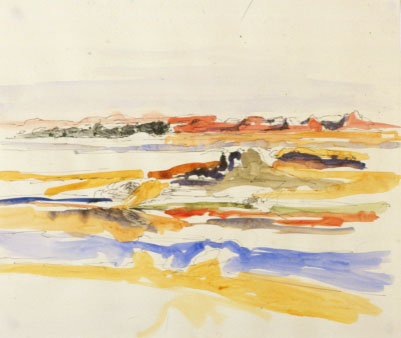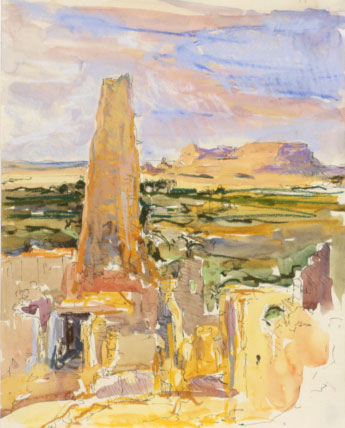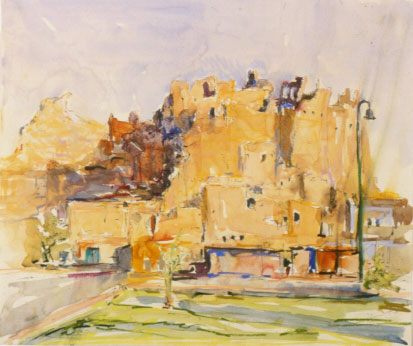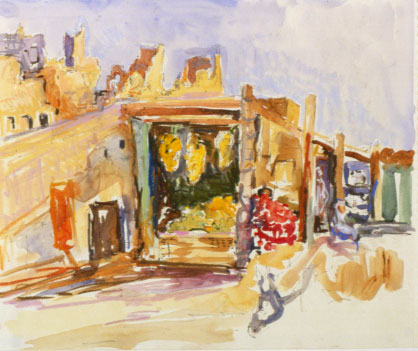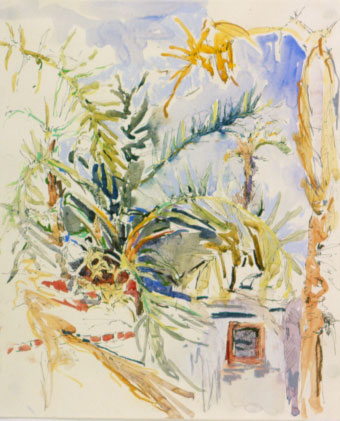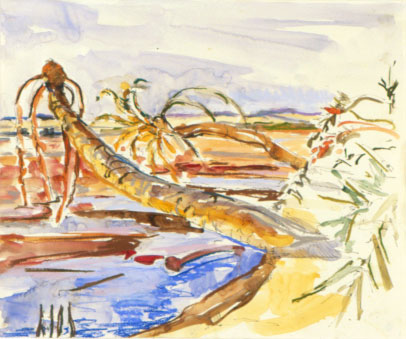Ancient Cultures | siwa
Alexander the Great visited Siwa along the desert route that is still used today to consult the oracle of Ammon.
“Siwa is the stuff of desert daydreams. Just 50km from the Libyan border this fertile basin, sitting about 25m below sea level and brimming with olive trees and palms, epitomises slow-paced oasis life. Scattered throughout the oasis are crystal-clear springs, which are a heavenly respite from the harsh heat. At the edge of the oasis, the swells of the Great Sand Sea roll to the horizon, providing irresistible fodder for desert exploration.
Central Siwa is dominated by the spectacular organic shapes of the remains of this 13th-century mud-brick fortress. Built from kershef(chunks of salt from the lake just outside town, mixed with rock and plastered in local clay), the labyrinth of huddled buildings was originally four or five storeys high and housed hundreds of people. For centuries, few outsiders were admitted inside the fortress – and even fewer came back out to tell the tale. But three days of rain in 1926 caused more damage than any invader had managed and, over the last decades, inhabitants moved to newer and more comfortable houses with running water and electricity. Now only a few buildings around the edges are occupied or used for storage. A pathway from the central square leads to the top for great views over the oasis.
Siwa’s geographic isolation helped protect a unique society that stands distinctly apart from mainstream Egyptian culture. Today, local traditions and Siwi, the local Berber language, still dominate. Well worth the long haul to get out here, Siwa casts a spell that’s hard to resist.”
– Lonely Planet

